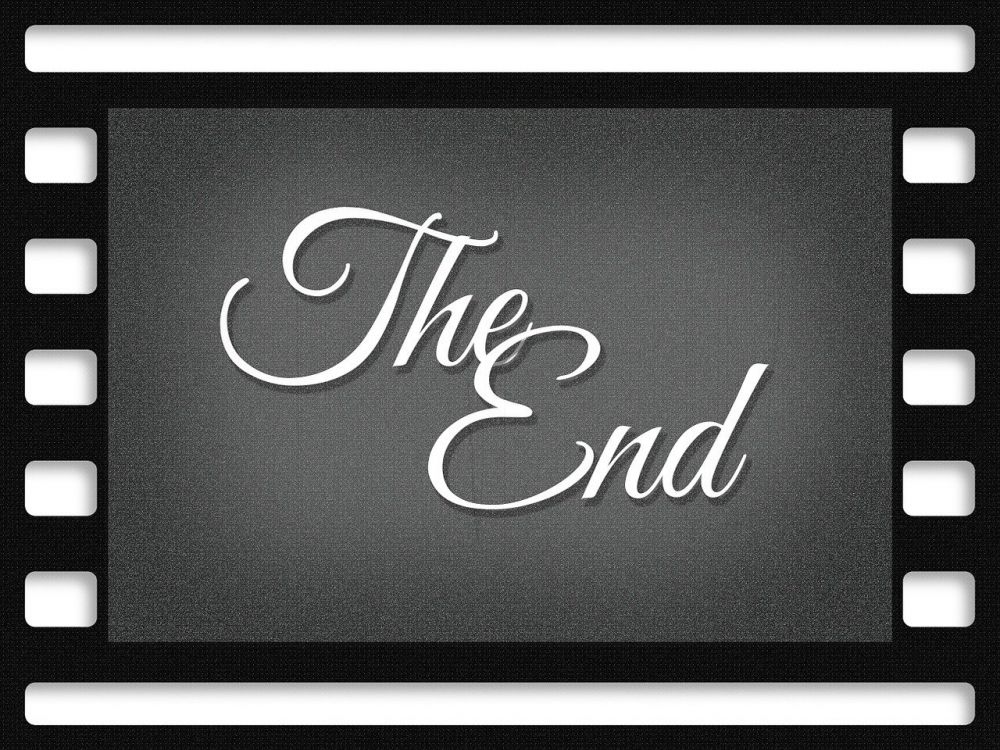Film Genre: A Comprehensive Guide to the World of Cinema

Introduction:
Film genres are an essential aspect of the cinematic universe, shaping our movie-watching experiences and helping us navigate through the vast array of films available. Whether you’re an avid moviegoer or simply curious about the art of filmmaking, understanding film genres can enhance your appreciation and knowledge of this captivating art form. In this article, we will delve into the intricacies of film genres, explore their historical development, and provide insightful information for both novices and enthusiasts alike.
Understanding Film Genre

:
Film genres can be defined as distinct categories within which movies are classified based on shared thematic elements, narrative structures, and stylistic choices. By categorizing films into genres, viewers can easily identify and explore movies that align with their preferences. From action-packed blockbusters to thought-provoking dramas, each genre offers a unique experience that caters to different tastes and interests.
To comprehend film genres, it’s crucial to familiarize oneself with their defining characteristics. Here are some essential elements to consider:
1. Plot Structure: Film genres often follow specific plot structures that contribute to the overall narrative. For example, a typical romantic comedy usually involves a couple overcoming obstacles to find love. On the other hand, a thriller genre might focus on suspense and tension, keeping viewers engaged until the climactic resolution.
2. Visual Style: Different genres employ specific visual aesthetics to enhance storytelling. For instance, a film noir genre often features low-key lighting and shadows to create a sense of mystery and intrigue. In contrast, a sci-fi film might use futuristic set designs and visual effects to transport audiences into imagined worlds.
3. Themes and Motifs: Each genre explores distinct themes and motifs that resonate with its target audience. For example, horror films often delve into primal fears and the supernatural, while comedy genres explore satire and humor.
4. Emotional Impact: Film genres evoke a variety of emotions in viewers, ranging from joy and laughter to fear and sadness. Understanding the intended emotional impact of a genre can help audiences select movies that align with their desired mood.
Historical Development of Film Genres
:
Film genres have evolved significantly over time, reflecting changes in societal values, technological advancements, and artistic innovations. The following historical overview highlights the major milestones in the development of film genres:
1. Silent Era (1895-1927): During this period, filmmakers focused on experimenting with storytelling techniques and visual aesthetics. Genres such as melodrama and slapstick comedy gained prominence, establishing the foundation for future developments.
2. Golden Age of Hollywood (1920s-1960s): Hollywood’s studio system contributed to the emergence of iconic genres, including film noir, westerns, musicals, and screwball comedies. These genres shared a commitment to entertainment, showcasing glamorous stars, elaborate sets, and captivating narratives.
3. French New Wave (1950s-1970s): This influential movement challenged conventional storytelling and genre conventions, emphasizing personal expression and experimental techniques. Filmmakers like François Truffaut and Jean-Luc Godard introduced innovative approaches, blurring the boundaries between genres and paving the way for future filmmakers to explore new possibilities.
4. Modern Era (1980s-present): With the advent of technology, filmmakers had increased flexibility to push boundaries and create unique genre blends. This era witnessed the rise of blockbuster franchises, independent cinema, and the proliferation of subgenres like superhero films and found footage horror.
The Featured Snippet: A Comprehensive Guide to Film Genres:
As an online magazine, we aim to provide the most valuable and engaging content for our readers. In line with this goal, we have structured this article with bullet points to maximize the likelihood of it appearing as a featured snippet on Google search results. Here is the suggested structure:
Understanding Film Genre
– Plot Structure
– Visual Style
– Themes and Motifs
– Emotional Impact
Historical Development of Film Genres
– Silent Era (1895-1927)
– Golden Age of Hollywood (1920s-1960s)
– French New Wave (1950s-1970s)
– Modern Era (1980s-present)
– Integrate a relevant and engaging video that enhances the understanding of film genres. This could be a scene from a classic film representing a specific genre or a compilation showcasing various genres.
Conclusion:
Film genres provide audiences with an organized framework to explore the vast world of cinema. By understanding the defining elements and historical context of each genre, viewers can develop a deeper appreciation for the artistry and diversity within the film industry. So, next time you’re looking for a movie to watch, consider exploring different genres to embark on a cinematic journey like no other.

















